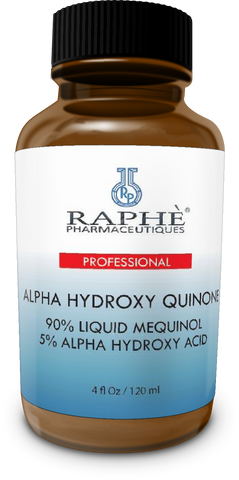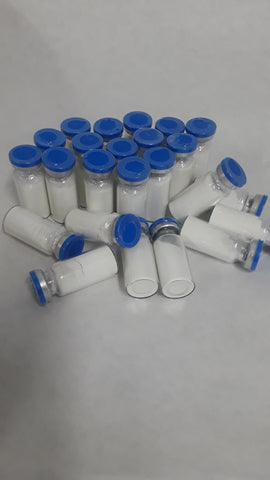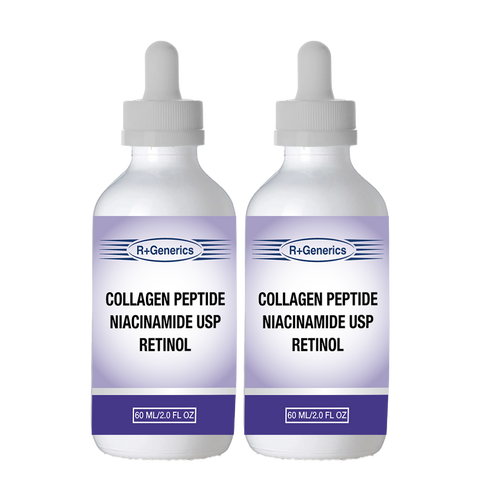Monobenzone is the monobenzyl ether of hydroquinone. Monobenzone occurs as a white, almost tasteless crystalline powder, soluble in alcohol and practically insoluble in water. Chemically, monobenzone is designated as p-(benzyloxy) phenol; the empirical formula is C13H12O2; molecular weight 200.24. The structural formula is: C13H12O2 200.24 Each gram of Benoquin Cream contains 400 mg of monobenzone USP, in a water-washable base consisting of purified water USP, cetyl alcohol NF, propylene glycol USP, sodium lauryl sulfate NF, and white wax NF
Benoquin Cream 40% is a depigmenting agent whose mechanism of action is not fully understood. The topical application of monobenzone increases the excretion of melanin from the melanocytes. The same action is thought to be responsible for the depigmenting effect. Monobenzone may destroy melanocytes and cause permanent depigmentation. This effect is erratic and may take one to four months to occur while existing melanin is lost with normal stratum corneum sloughing. Hyperpigmented skin appears to fade more rapidly than does normal skin, and exposure to sunlight reduces the depigmenting effect of the drug. After depigmentation with topical monobenzone, the histology of the skin is the same as that seen in vitiligo; the epidermis is normal except for the absence of identifiable melanocytes.
WARNING! This product is for clinical research purposes only. Do not use it on human or animal skin, as it may result in permanent depigmented skin cells. Benoquin Cream 40% contains a potent depigmenting agent and is not a cosmetic skin bleach. Use of Benoquin Cream 40% is contraindicated in any conditions other than for research purposes. Benoquin Cream 40% frequently produces irreversible depigmentation, and it must not be used as a skincare product.
Color: Off White to Amber Color Cream





 Pin it
Pin it


